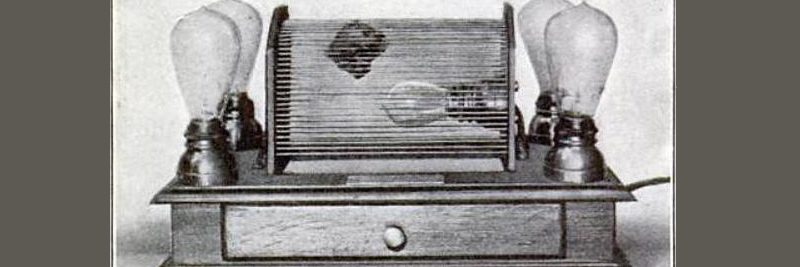How many times have you seen an electrical discharge insect control system being used to keep the bugs away from an outdoor event? Most people would call it a bug zapper and it works by electrocuting any bugs that land on the item because they are touching two wires that pass 2000 volts between them. The bugs are attracted to the light of the device and there’s a high quality zap! That occurs when it happens. Hence the slang term for this invention.
Who invented this contraption? The answer to that question depends on if you want to give credit to those who developed the initial concept of the device, those who patented the first modern bug zapper, or the creator of the electronic method that kills the bugs.
The First Bug Zapper Was Created In 1911
Insects have been a big problem for humanity over the centuries. They spread disease and death wherever they go. At the very least, they are an enormous annoyance when they’re buzzing about your head! To solve this problem, two men in Denver who are anonymous developed a device that was featured in Popular Mechanics that would bait flies into a trap and then 5 light bulbs would attract the flies and then zap them with 450 volts on an electrified grid.
The first patent for a bug zapper, however, was filed in 1931 by William Folmer and Harrison Chapin. This was the first hanging zapper that we’ve come to know and the patent was granted three years later for their device. It enlarged the zapping surface and made it a 360 degree device instead of a standalone unit.
A professor at the University of California, W.B. Herms, had also been simultaneously working on insect traps for nearly two decades when 1934 rolled around. He introduced an electronic insect killer the same year that Folmer and Chapin were awarded their patent and combined, the future of bug zappers was settled. This combined work is still used today for the modern device.
The Initial Design Had Lots of Issues
If you’ve ever stood by one of the old bug zappers, then you know that the electrical death of a bug isn’t always a pretty thing. According to some studies, in fact, the bug guts that occur when an insect explodes due to the electrical current can spray outward up to 7 feet. If that insect was carrying a bacteria or virus, then the fine mist of bug guts could be inhaled by people around the device or they could settle onto food that was underneath the device.
The secondary issue is the fact that the older models of bug zappers wouldn’t attract the biting insects that were so bothersome. Many of the problematic insects are attracted to vapor of CO2 and so the modern bug zappers were redesigned to emit a carbon dioxide bait or another form of external bait to bring in biting bugs. Device shields were installed to stop bug juices from going everywhere as well.
Bug zappers are a handy invention that can keep bothersome insects away so that you can enjoy the outdoors more effectively. When you hear that zap happen, you have these individuals to thank for your comfort.
Strong proponent of individual liberty and free speech. My goal is to present information that expands our awareness of crucial issues and exposes the manufactured illusion of freedom that we are sold in America. Question everything because nothing is what it seems.




















